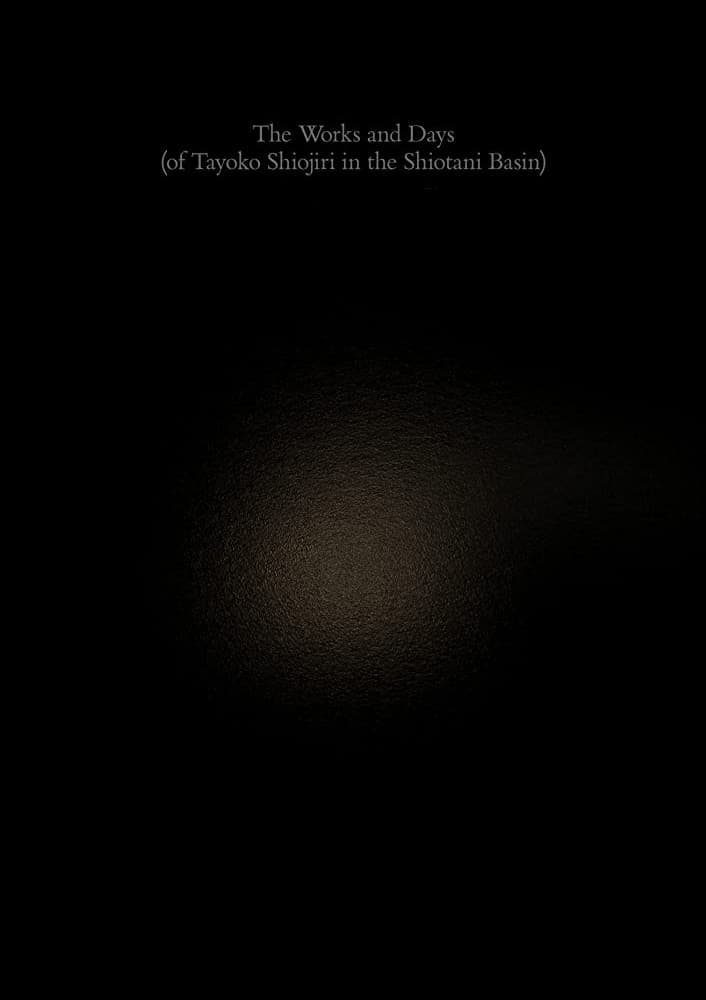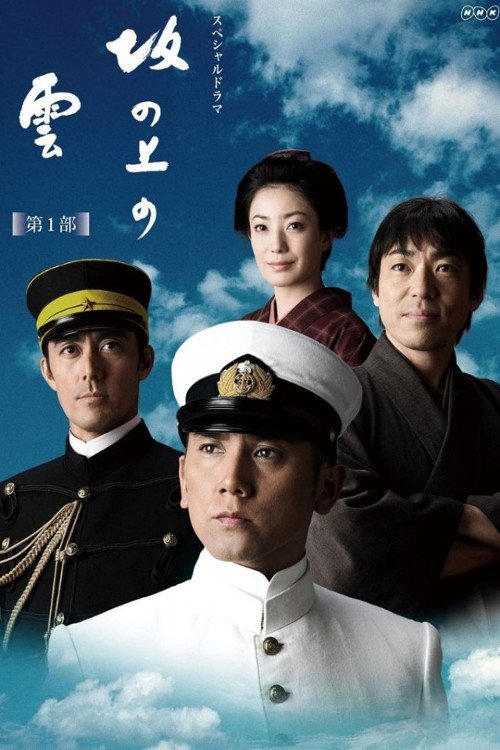

An eight-hour fiction shot for a total of twenty-seven weeks, over a period of fourteen months, in a village population forty-seven in the mountains of Kyoto Prefecture, Japan. It is a geographic description of the work and non-work of a farmer. A portrait, over five seasons, of a family, of a terrain, of a soundscape, and of duration itself. A film-as-adaptive-landscape. A georgic in five books.

The novelist Shiga Naoya lives with his wife Haruko and their 4-year-old daughter Saeko. He is paranoid about Saeko’s health, making her wear heavy clothes even in summer in order to prevent her from catching a cold. Their child before Saeko died due to an epidemic, and he believes thorough enforcement is a natural consequence. In 1918, the Spanish flu reaches Japan. As the number of infected people grows, Shiga starts to suspect their servant Ishi might have gone to watch a travelling entertainment troupe’s performance which drew a great number of villagers. It is something Ishi is likely to do. But when Shiga questions her, she says that she did not go. However, she makes him have misgivings on a regular basis and he decides to take this opportunity to make her quit. An uproar ensues. Shiga feels that he has become a tyrant and refrains from kicking her out but he loses all reason and faith in humanity amid the pandemic…

After the Onin War, the world is plunged into chaos. Amid this situation, heroes of the warring states begin to emerge in an attempt to unify the country and rule in these turbulent times. In the mid-1540s, there is a young wandering samurai in Mino which is strategically located between the East and West. His name is Akechi Mitsuhide. At this time, there is plenty of internal strife within the Toki clan which rules Mino. Surrounded by the Oda of Owari, the Imagawa of Suruga and the Asakura of Echizen, Mino has constantly faced the risk of invasion. Mitsuhide is pulled into battle and destroys the enemy. His bravery as well as stratagem catches the attention of Saito Toshimasa, the chief retainer of the Toki clan, and he is singled out. This man who is also known as Saito Dosan will go on to takeover the Toki and make Mino his own.

Soulful thriller set in Tokyo and London, exploring the butterfly effect of a single murder across two cities. A dark, witty and daring examination of morality and redemption.

A newspaper reporter (Masahiro Motoki) uncovers a secret "Okinawa pact" between the Japanese and U.S. government. A woman who is the deputy director of the Ministry of Foreign Affairs becomes a key figure in the story.

Saka no Ue no Kumo is an NHK 21st Century special drama which was aired over three years starting from November 29, 2009. The series runs 13 episodes at 90 minutes each. The first series, with 5 episodes, was broadcast in 2009, while series two and three, each with 4 episodes, were broadcast in late 2010 and 2011. While most episodes were shot in Japan, one of the episodes in series two was shot in Latvia. The TV series is based on the novel Saka no ue no kumo by Ryōtarō Shiba and adopted by Hisashi Nozawa. The theme song of the drama series is titled "Stand Alone". It was composed by Joe Hisaishi, written by Kundo Koyama and performed by British soprano singer Sarah Brightman.
Masahiro Motoki (本木雅弘 Motoki Masahiro, born December 21, 1965 in Okegawa, Japan) is a Japanese actor. He portrayed protagonist Daigo Kobayashi in Departures, which won the 81st Academy Awards for Best Foreign Language Film. His performance earned him the Award for Best Actor at the 2009 Asia Pacific Screen Awards, at the 3rd Asian Film Awards and at the 32nd Japan Academy Prize.